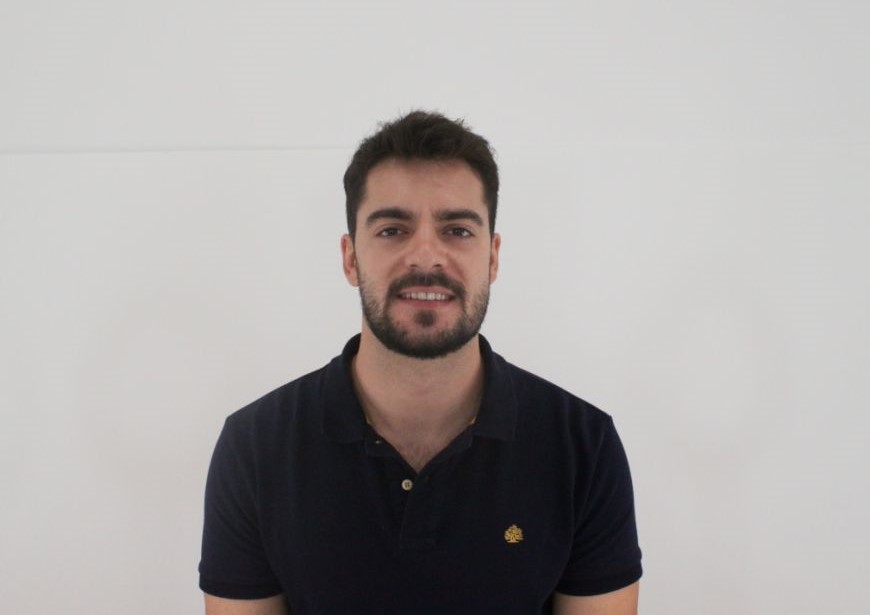Carlos Vélez García

Carlos Vélez García is a Software and Machine Learning Engineer in robotics at INESCOP Robotics Lab Department. He received his Bachelor’s in Computer Science from the University of Alicante and a Masters in Artificial Intelligence from Valencian International University. He is passionate about fostering a safer workplace through developing algorithms that empower robots to perform dexterous and hazardous tasks.
Abstract
The footwear industry stands as a cornerstone of the global economy, but its manufacturing processes still rely heavily on manual, labor-intensive methods. This work introduces an innovative solution that addresses the complex social, economic, and ergonomic challenges faced by the industry. Our research showcases a dexterous robotic system capable of demolding thermo-injected three-dimensional deformable shoe soles, a relevant task in footwear production. By merging advanced robotics with human expertise, the system improves efficiency, quality, and worker well-being in current footwear manufacturing.
Footwear production is traditionally a handicraft process, requiring skilled manual labor to handle a diverse range of deformable objects tied to the ever-changing fashion trends. Furthermore, the current market trends require small batch production to cater to the diverse consumer preferences seeking distinct products. However, labor-intensive processes and hazardous or unergonomic tasks pose significant challenges in the production chain. The manual task of demolding of thermo-injected soles, for instance, involves the application of considerable forces at risky postures and repetitive motions that increase the risk of worker injury. This hinders to attract new generations, highlighting the aging of the workforce.
To address these challenges, a comprehensive robot-based demolding system is proposed. The system leverages on expert human demonstrations to implicitly manipulate and deform three-dimensional deformable objects, ensuring efficient and precise task completion. Furthermore, it is accessible to non-technical operators. The real-world industrial results obtained demonstrate its applicability and robustness in terms of product quality and production pace.




